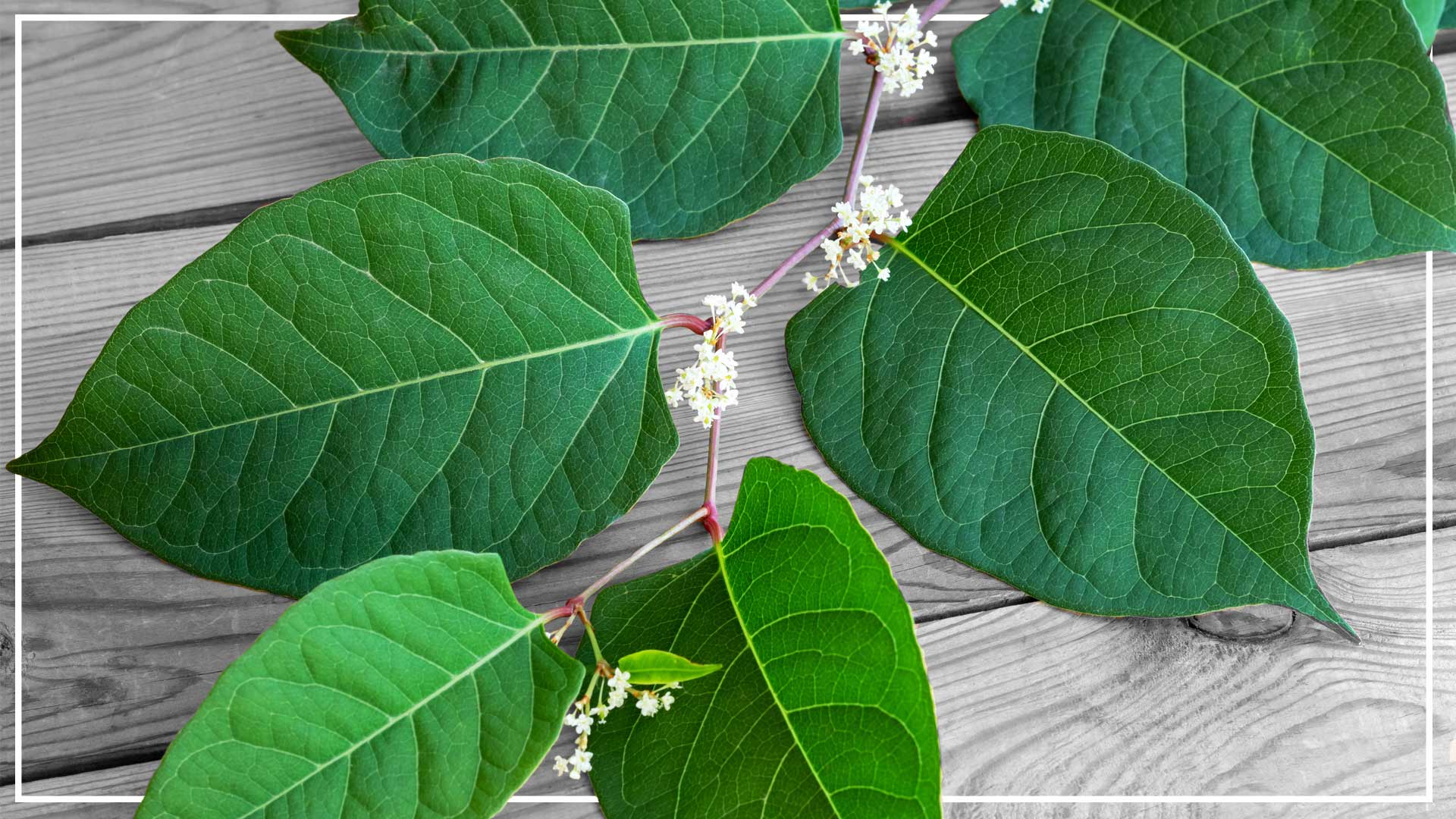What Has Changed In Japanese Knotweed Guidance?
On the 23rd March 2022, The Royal Institution of Chartered Surveyors (RICS) will implement an updated guidance note on Japanese knotweed, replacing the existing guidance note on Japanese knotweed which was released a decade ago.
The updated guidance note is a culmination of years of hard work and research into further understanding the implications of Japanese knotweed in the built environment. Experts from various industries such as finance and insurance, as well as the Property Care Association and RICS combined their experience to create this guidance note and provide further clarity on the proper management of this well-known, invasive plant.
What Are The Key Changes To RICS And Japanese Knotweed Guidance?
- A revised understanding of how Japanese knotweed affects building structures.
- A new assessment framework to be adopted by valuers and surveyors which will support the decision-making process for lenders. This has been broken down into management categories A, B, C and D.
- The previous risk categories 1-4 have been replaced.
- The 7m rule commonly used by lenders when considering mortgage applications on properties affected by Japanese knotweed no longer applies. Instead, surveyors and valuers are asked to look at any actual damage or the impact to amenity space.
- For Japanese knotweed infestations on neighbouring properties, a 3-metre rule has been introduced. If there is Japanese knotweed within 3 metres of a property’s boundary, this would fall into management category D. If it is more than 3 metres away from a property’s boundary, it does not generally need to be reported.


Key Differences In The RICS Knotweed Guidance
Due to the notoriety of Japanese knotweed, and the wealth of information available online, there is less focus on how to identify Japanese knotweed. Instead, surveyors are expected to know what this perennial plant looks like, so should be able to identify it if it is visible on a property.
There is a heavy focus on the effect that Japanese knotweed has on the value of a property. Factors such as cost of treatment, potential legal action, potential infestations on adjoining land and loss of amenity to a property are all considered when calculating diminution in value.
What Do The RICS Changes Mean For Knotweed Affected Property?
Significant changes are on the horizon backed by extensive research, practical experience and scientific evidence which has led RICS to revisit the existing guidance on the invasive plant. However, it is likely that these changes will take some time to filter down into the property market.
We are excited to see what the new guidance brings and the impact it may have on the legalities involved when considering a claim in relation to the existence of this resilient plant. Our specialist Environmental Litigation lawyers have the experience, knowledge and expertise to deal with Japanese knotweed litigation and look forward to the implantation of the updated guidance.
Next Steps
If you have recently purchased a property and have discovered Japanese knotweed that you were not made aware of during the conveyancing process, you may have a claim for compensation. Get in touch with the specialist solicitors at Charles Lyndon.
You can read all of our extensive Knotweed Knowledge at our knotweed portal here
Recent Comments